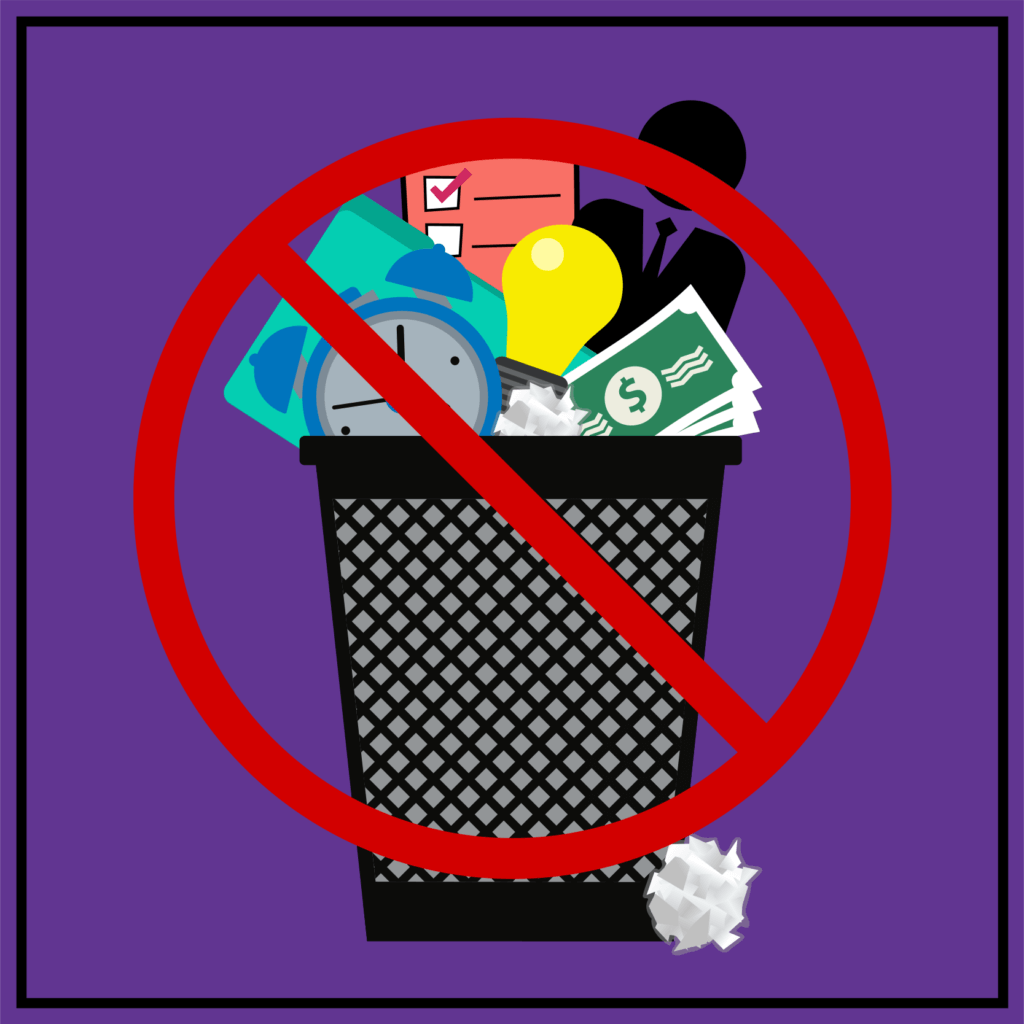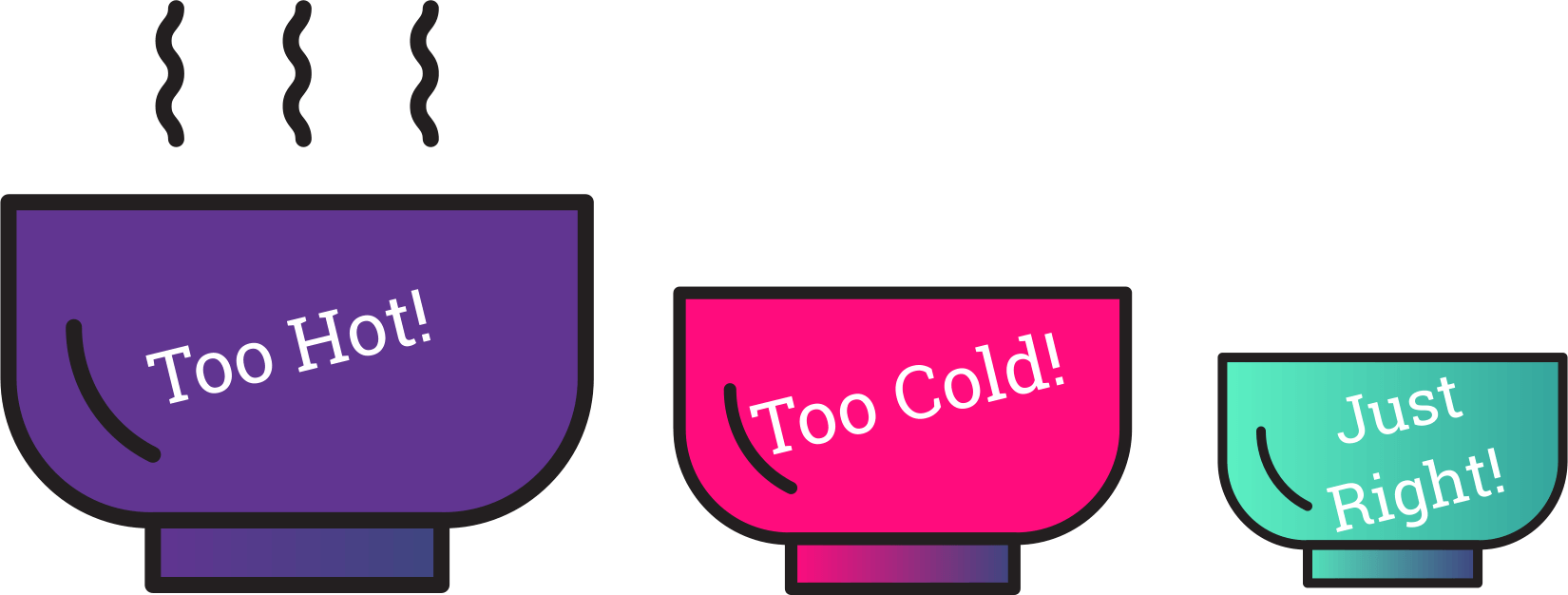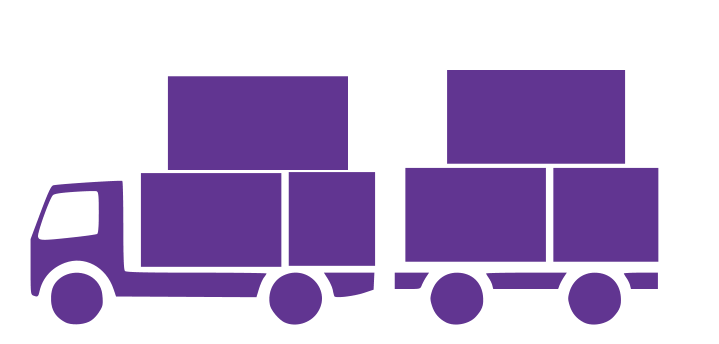What Are Your Wasteful Ways Costing You?

Wasting time, energy, or resources – I feel confident you don’t want to do that. And yet, there are probably some ways you are spinning your wheels personally right now. Do you know what that’s costing you?
If you are an entrepreneur or solopreneur, there are undoubtedly some wasteful ways you are operating your business.
Lead an organization? I bet there are ways that your organization could optimize how they operate and be less wasteful.
Remember Goldilocks? Upon entering the bears abode she found three bowls of porridge, but only one was “just right” and as a result, /only one bowl of porridge was consumed. I know, it’s not part of the fairy tale, but I imagine the porridge that was too hot and too cold didn’t get gobbled up at all! It bet it was wasted!
In the same way, working hot and frantic is wasteful. And dawdling rarely taps into your full potential. And vacillating between too much and too little is inefficient. However, operating in a way that maximizes capacity and wastes little – that’s a sweet spot – profitable too!
Three Types of Waste
- Being overburdened – attempting to do too much (Muri)
 2. Being under burdened – not operating at full capacity (Muda)
2. Being under burdened – not operating at full capacity (Muda)
3. Swinging from overburdened to under burdened – lots of fluctuation and inconsistency (Mura)
Ideally, you want NO waste! You want to maximize your resources.
Perhaps this makes perfect sense to you when you can visualize bowls or the load a truck is transporting, but difficult to spot in your own life and work or in your organization. Let me give you some concrete examples of ways that you may be operating in wasteful ways. Tighten these areas up and you increase profits, boost productivity, and enable you or your organization to accomplish its mission in spades! All you have to remember is C Tim Woods!
C = Confusion
Confusion is like fog. It automatically slows you down! That’s why it’s critical that the vision, mission, processes, job roles, expectations, feedback, customer needs, etc. are crystal clear. When people don’t know what to do or are missing key information, it slows everything down not to mention it creates unnecessary misunderstandings. You might feel like you are a broken record, but it’s important to keep communicating what’s really important.
Where are you confused? Where is there confusion in your organization?
T = Transportation
Many years ago, we moved into a new house with a much bigger kitchen. I was thrilled to have more counter space and storage. What I had not anticipated was the extra time and energy it would take to prepare meals. You see, I had to lug things from the fridge around the island and to the stove – something I never had to do in my tiny kitchen! I loved my bigger kitchen, but food prep required more steps.
The goal is to minimize the movement of materials and keep them to within 3-5 feet. You will also want to simplify your work processes.
How is your layout or location contributing to waste or inefficiency? How can you tighten up your processes? What needs to be better organized or labeled to eliminate wasted time or energy?
I = Inventory Excess/ WIP/ TIP
Having excess inventory or supplies takes up valuable space, not to mention ties up funds. That’s wasteful!
Work flow bottlenecks and an unbalanced distribution of work among your people are also not maximizing your resources.
What’s slowing you down? What do you need to get rid of? How can you more evenly spread the work out or streamline the process in your organization?
M = Motion
Motion requires energy. You want to maximize your time, energy, and resources so that you accomplish more with less! In order to do that you must schedule well, create efficient processes, have consistent ways of doing the work, and create a layout for the organization that makes practical sense. And you want to avoid what causes you to have to use unnecessary energy including having to redo something, or spend extra time searching for things due to disorganization.
Where are you or the people in your organization spinning their wheels? What needs to change to make things more efficient?
W = Waiting
The government is notorious for creating inefficient processes. It’s one of the reasons we all dread a visit to the DMV! The odds are good that much waiting will be involved and most of us would rather not! Now you can bring a book and make the most of the wait, but paying your people to sit around and wait is like flushing money down the toilet!
What delays, interruptions, and waiting are taking place in your organization? What redundances are there? How can you coordinate between departments to improve efficiency? What processes need to be refined? What equipment needs to be replaced or purchased to eliminate down time?
O = Overproduction
Papa bear’s porridge was overly hot and his bed was overly big – they were too much for Goldilocks’ needs! In the same way, overproducing is counterproductive, even when you have that “just-in-case” logic working!
And it is not just about an overabundance of product, it’s also about having your people working harder than they need to. Complicated set ups, transitions, changeovers, redundant inspections, etc. all create unnecessary work.
Where can you reduce production? How can you simplify your processes?
O = Over-Processing
In order to work smarter, you have to process less. Fewer steps, fewer hands involved, and less down time!
Where can you streamline your processes, including where product changes have taken place? How can you improve your communication? Where can you eliminate excess – copies, information, approvals, etc.?
D – Defects / Errors / Mistakes / Re-dos
Mistakes happen when humans are involved, but doesn’t it make sense to try to minimize the possibility of mistakes taking place?, too much work, hurrying, unrealistic demands, and inadequate training all lead to mistakes! So do overly complex processes, miscommunication, and boring tasks.
How can you train your people and systematically follow-up and check in with them? Spread the work load out in the most equitable way? Make the work more interesting? What processes or systems need to be simplified? How realistic are deadlines?
S = Skills, Ideas, Knowledge, & Super Powers
One of the best ways I’ve seen to tap into the skills, ideas, knowledge and super powers of the people working for you is to offer them the opportunity to engage in stretch assignments. It’s a chance for people step out of their normal responsibilities, learn, and grow. Given the opportunity, you never know who will exceed your expectations!
High turn-over, poor hiring and on-boarding, lack of investment in training or coaching, and inadequate cross-training all lead to untapped potential in your people.
Your organizational culture and politics also have the potential to bring out the best or to limit your people in wasteful ways.
Did you know that eliminating waste results in a 60-80% reduction in costs? That’s significant! I trust you’ve spotted at least one or two ways you can eliminate some of the waste in your world!
What will you do to reduce waste personally and/or professionally?
A great big thanks to Bernell King Ingram for introducing this concept to me and Greenville Technical College in partnership with Accenture. Lean Six Sigma Green Belt Certification Training Course. 2018. Check out Bernell’s website here.


